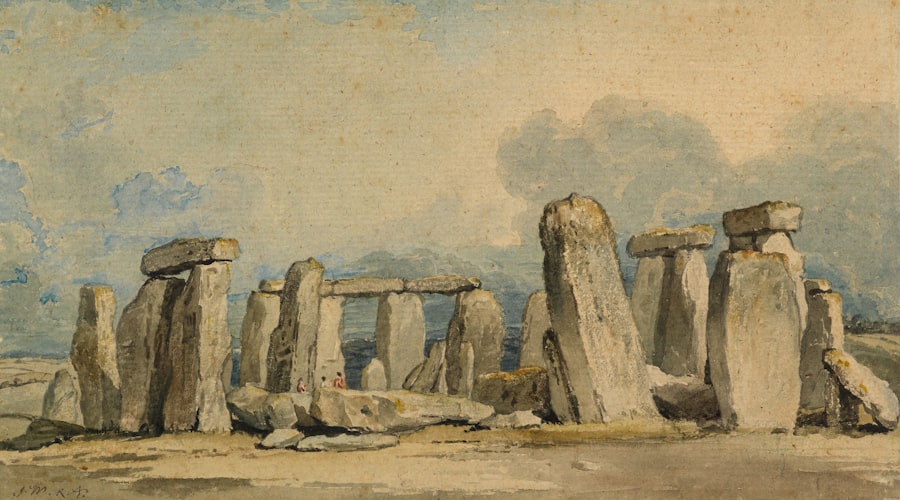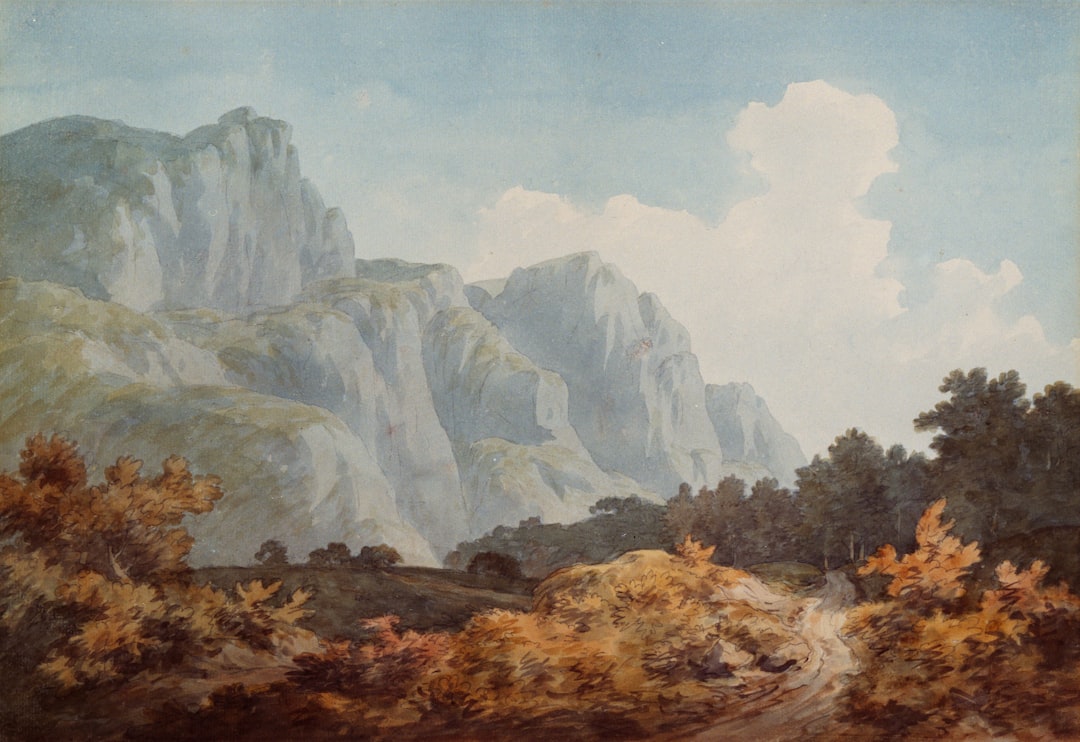Kaiju designs have captivated audiences for decades, bringing to life colossal creatures that evoke both awe and terror. Originating from Japanese cinema, the term “kaiju” translates to “strange beast,” and it perfectly encapsulates the essence of these monstrous beings. As you delve into the world of kaiju, you’ll discover that their designs are not merely a product of imagination; they are a complex blend of artistry, cultural significance, and innovative technology.
Each kaiju tells a story, reflecting the fears, hopes, and dreams of the society that creates it. The allure of kaiju lies in their ability to transcend the boundaries of reality. They are not just monsters; they are symbols of nature’s power and humanity’s struggle against it.
From Godzilla’s iconic silhouette to the intricate details of newer creations, kaiju designs serve as a canvas for exploring themes of destruction, resilience, and the unknown. As you explore this fascinating realm, you will uncover the myriad elements that contribute to the creation of these unforgettable creatures.
Key Takeaways
- Kaiju designs are inspired by a combination of nature, animals, and mythological elements, creating larger-than-life creatures with unique characteristics.
- Proportions and scale play a crucial role in creating realistic and impactful Kaiju designs, emphasizing their immense size and power.
- Texture and detail are essential in bringing Kaiju designs to life, adding depth and complexity to their appearance.
- Color and lighting are used to enhance the realism of Kaiju designs, creating a sense of depth, atmosphere, and mood.
- Understanding the functionality and movement of Kaiju creatures is important in making their designs believable and convincing in popular culture.
The Influence of Nature and Animals in Kaiju Design
When you look closely at kaiju designs, you’ll notice that many of them draw inspiration from the natural world. The designers often look to animals for anatomical features, movement patterns, and even behavioral traits. For instance, Godzilla’s reptilian form is reminiscent of dinosaurs, while other kaiju may incorporate elements from insects or marine life.
This connection to nature not only grounds these fantastical creatures in reality but also enhances their believability. You can almost feel the weight of their massive bodies and the power behind their movements. Moreover, the influence of nature extends beyond mere physical attributes.
The environments in which these kaiju exist often reflect their animalistic traits. A kaiju that thrives in water may exhibit fluid movements akin to that of a whale or an octopus, while one that roams the land might display the brute strength of a bear or a rhinoceros. This interplay between design and environment creates a rich tapestry that invites viewers to engage with the kaiju on multiple levels.
As you immerse yourself in this world, you’ll appreciate how these creatures embody the raw power of nature itself.
The Importance of Proportions and Scale in Kaiju Design

Proportions and scale are critical components in kaiju design that significantly impact how these creatures are perceived. When you consider a kaiju’s size relative to its surroundings, it becomes clear that scale plays a vital role in conveying its dominance and threat level. A towering creature looming over a cityscape evokes feelings of dread and vulnerability, while a smaller kaiju may elicit curiosity or even sympathy.
The careful manipulation of proportions allows designers to communicate specific emotions and narratives through their creations. In addition to emotional impact, proportions also affect the functionality of a kaiju. A creature designed with exaggerated limbs or an oversized head may move differently than one with more realistic proportions.
This consideration is essential for animators and filmmakers who aim to create believable movements that resonate with audiences. As you explore various kaiju designs, pay attention to how these elements work together to create a cohesive and compelling character that feels both larger than life and grounded in reality.
Exploring the Role of Texture and Detail in Kaiju Design
| Aspect | Details |
|---|---|
| Research Topic | Exploring the Role of Texture and Detail in Kaiju Design |
| Metrics |
|
| Methodology | Qualitative and Quantitative Analysis |
| Findings |
|
Texture and detail are what bring kaiju designs to life, adding depth and realism that can captivate viewers. When you examine a kaiju up close, you’ll notice the intricate patterns on its skin, the roughness of its scales, or the sleekness of its fur. These details not only enhance visual appeal but also serve practical purposes in storytelling.
For example, a kaiju with jagged scales may be portrayed as more aggressive or formidable, while one with smooth skin might be seen as more elegant or mysterious. The use of texture also plays a significant role in how audiences perceive a kaiju’s environment. A creature covered in mud or debris suggests a recent battle or struggle, while one adorned with bioluminescent patterns hints at an otherworldly origin.
As you engage with these designs, consider how texture influences your emotional response and understanding of each kaiju’s character. The artistry involved in creating these details is a testament to the skill and creativity of designers who strive to make each creature unique and memorable.
The Use of Color and Lighting in Creating Realistic Kaiju Designs
Color and lighting are powerful tools in the arsenal of kaiju designers, shaping not only the aesthetic but also the mood surrounding these colossal beings. When you observe a kaiju, the colors chosen can evoke specific emotions or symbolize particular traits. For instance, dark hues may suggest menace or danger, while vibrant colors can convey energy or vitality.
The strategic use of color helps to establish an immediate connection between the audience and the creature, guiding your emotional response as you witness its actions on screen. Lighting further enhances this effect by creating atmosphere and depth. A well-lit scene can highlight a kaiju’s features, showcasing its intricate design and making it feel more tangible.
Conversely, shadows can obscure details, adding an element of mystery or suspense. As you watch a kaiju emerge from darkness or burst into light, consider how these visual elements work together to create an immersive experience that draws you into the narrative. The interplay between color and lighting is essential for crafting memorable moments that linger long after the credits roll.
Understanding the Functionality and Movement of Kaiju Creatures

To truly appreciate kaiju designs, it’s essential to understand their functionality and movement. Each creature is not just a static figure; it has been meticulously crafted to exhibit specific behaviors that align with its design and environment. When you observe a kaiju in action, consider how its anatomy influences its movement patterns—whether it’s lumbering through a city or soaring through the sky.
This attention to detail ensures that each kaiju feels alive and responsive within its world. Moreover, functionality extends beyond mere movement; it encompasses how a kaiju interacts with its environment and other characters within the story. A creature designed for combat may possess powerful limbs for striking or defensive features for protection.
Understanding these functional aspects allows you to appreciate the thought process behind each design choice. As you explore various kaiju films or artwork, take note of how movement informs your perception of each creature’s personality and role within the narrative.
Incorporating Cultural and Mythological Elements in Kaiju Design
Cultural and mythological influences play a significant role in shaping kaiju designs, enriching their narratives with deeper meanings and connections to human history. Many kaiju draw inspiration from folklore or legends, embodying traits associated with specific cultures or beliefs. For instance, some designs may reflect ancient deities or mythical beasts, serving as modern interpretations of age-old stories that resonate with audiences on multiple levels.
As you engage with these designs, consider how they reflect societal values or fears. A kaiju representing natural disasters may symbolize humanity’s struggle against uncontrollable forces, while one inspired by cultural myths might explore themes of heroism or sacrifice. By incorporating these elements into their designs, creators invite viewers to connect with their work on a personal level, fostering a sense of shared experience that transcends cultural boundaries.
The Evolution of Kaiju Design in Popular Culture
The evolution of kaiju design in popular culture is a fascinating journey that mirrors changes in society’s values and technological advancements. From the early days of rubber-suited monsters stomping through miniature cities to today’s CGI-rendered behemoths, kaiju have transformed dramatically over time. As you explore this evolution, you’ll notice how advancements in technology have allowed for more intricate designs and lifelike movements, pushing the boundaries of what is possible in creature creation.
Moreover, contemporary kaiju often reflect current societal issues—climate change, urbanization, and even geopolitical tensions are woven into their narratives. This evolution signifies not just a change in aesthetics but also an adaptation to contemporary concerns that resonate with audiences today. As you witness this transformation unfold across various media—from films to video games—you’ll gain insight into how kaiju continue to evolve as symbols of both fear and fascination in an ever-changing world.
In conclusion, delving into the world of kaiju design reveals a rich tapestry woven from nature, culture, technology, and artistry. Each element—from proportions and textures to colors and movements—contributes to creating unforgettable creatures that resonate deeply with audiences around the globe. As you continue your exploration of this captivating genre, remember that every kaiju tells a story waiting to be discovered.
